
The Socialist Party of America (SPA) was a socialist political party in the United States formed in 1901 by a merger between the three-year-old Social Democratic Party of America and disaffected elements of the Socialist Labor Party of America who had split from the main organization in 1899.

Social Democrats, USA (SDUSA) is a social-democratic organization established in 1972 as the successor of the Socialist Party of America (SPA). The SPA had stopped running independent presidential candidates and consequently the term "party" in its name had confused the public. Moreover, replacing the "socialist" label with "social democrats" was meant to disassociate the group from the Soviet Union.
The Port Huron Statement is a 1962 political manifesto of the American student activist movement Students for a Democratic Society (SDS). It was written by SDS members, and completed on June 15, 1962, at a United Auto Workers (UAW) retreat outside of Port Huron, Michigan, for the group's first national convention. Under Walter Reuther's leadership, the UAW paid for a range of expenses for the 1962 convention, including use of the UAW summer retreat in Port Huron.
The New Communist movement (NCM) was a diverse left-wing political movement during the 1970s and 1980s. The NCM were a movement of the New Left that represented a diverse grouping of Marxist–Leninists and Maoists inspired by Cuban, Chinese, and Vietnamese revolutions. This movement emphasized opposition to racism and sexism, solidarity with oppressed peoples of the third-world, and the establishment of socialism by popular revolution. The movement, according to historian and NCM activist Max Elbaum, had an estimated 10,000 cadre members at its peak influence.
The history of the socialist movement in the United States spans a variety of tendencies, including anarchists, communists, democratic socialists, Marxists, Marxist–Leninists, Trotskyists and utopian socialists. It began with utopian communities in the early 19th century such as the Shakers, the activist visionary Josiah Warren and intentional communities inspired by Charles Fourier. Labor activists, usually Jewish, German, or Finnish immigrants, founded the Socialist Labor Party of America in 1877. The Socialist Party of America was established in 1901. By that time, anarchism also rose to prominence around the country. Socialists of different tendencies were involved in early American labor organizations and struggles. These reached a high point in the Haymarket massacre in Chicago, which founded the International Workers' Day as the main labour holiday around the world, Labor Day and making the eight-hour day a worldwide objective by workers organizations and socialist parties worldwide.
The Intercollegiate Socialist Society (ISS) was a socialist student organization active from 1905 to 1921. It attracted many prominent intellectuals and writers and acted as an unofficial student wing of the Socialist Party of America. The Society sponsored lecture tours, magazines, seminars and discussion circles all over the US to propagate socialist ideas among America's college population. The group expanded into a philosophy in the 1920s that did not focus exclusively or even primarily on college students. To symbolize the shift in emphasis, the group changed its name to the League for Industrial Democracy in 1921.
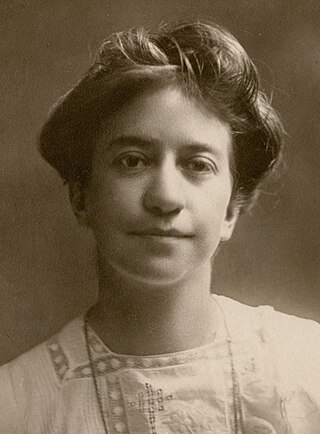
Jessie Wallace Hughan was an American educator, a socialist activist, and a radical pacifist. During her college days she was one of four co-founders of Alpha Omicron Pi, a national fraternity for university women. She also was a founder and the first Secretary of the War Resisters League, established in 1923. For over two decades, she was a perennial candidate for political office on the ticket of the Socialist Party of America in her home state of New York.

The American Student Union (ASU) was a national left-wing organization of college students of the 1930s, best remembered for its protest activities against militarism. Founded by a 1935 merger of Communist and Socialist student organizations, the ASU was affiliated with the American Youth Congress. The group was investigated by the Dies Committee of the United States House of Representatives in 1939 over its connections to the Communist Party USA. With the group's Communist-dominated leadership consistently supportive of the twists and turns of Soviet foreign policy, the Socialist minority split from the group in 1939. The organization was terminated in 1941 and reformed in 2022.

Harry Wellington Laidler was an American socialist writer, magazine editor, and politician. He is best remembered as executive director of the League for Industrial Democracy, successor to the Intercollegiate Socialist Society, and for his close political association with perennial Socialist Party Presidential nominee Norman Thomas. He also served a two-year term on the New York City Council.
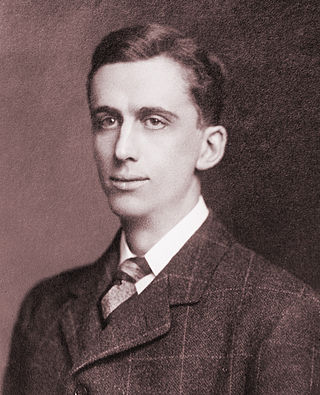
James Graham Phelps Stokes, known as Graham Stokes was an American socialist, railroad president, political activist, and philanthropist. He was president of the Nevada Central Railroad for forty years.
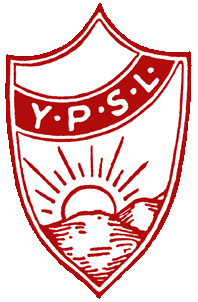
The Young People's Socialist League (YPSL), founded in 1907, was the official youth arm of the Socialist Party of America. Its political activities tend to concentrate on increasing the voter turnout of young democratic socialists and social democrats affecting the issues impacting that demographic group.
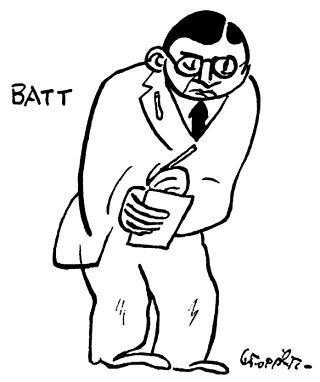
Dennis E. Batt was an American political journalist and trade union activist. Best remembered as the first editor of The Communist, the official organ of the Communist Party of America and leading member of the Proletarian Party of America, in later years Batt's political views became increasingly conservative and he ended his life as a mainstream functionary in the union movement.
The American Left can refer to multiple concepts. It is sometimes used as a shorthand for groups aligned with the Democratic Party. At other times, it refers to groups that have sought egalitarian changes in the economic, political, and cultural institutions of the United States. Various subgroups with a national scope are active. Liberals and progressives believe that equality can be accommodated into existing capitalist structures, but they differ in their criticism of capitalism and on the extent of reform and the welfare state. Anarchists, communists, and socialists with international imperatives are also present within this macro-movement. Many communes and egalitarian communities have existed in the United States as a sub-category of the broader intentional community movement, some of which were based on utopian socialist ideals. The left has been involved in both the Democratic and Republican parties at different times, having originated in the Democratic-Republican Party as opposed to the Federalist Party.
The Intercollegiate League for Industrial Democracy was the official youth section of the League for Industrial Democracy and a de facto junior section of the Socialist Party of America during the 1920s and the first half of the 1930s. The organization merged with a student organization sponsored by the Communist Party, USA in 1935 to form the American Student Union.

Tom David Kahn was an American social democrat known for his leadership in several organizations. He was an activist and influential strategist in the Civil Rights Movement. He was a senior adviser and leader in the U.S. labor movement.
The Student League for Industrial Democracy (SLID) of 1946 to 1959 was the second incarnation of the League for Industrial Democracy's student group. It changed its name to the Students for a Democratic Society on January 1, 1960, and severed its connection to the LID in 1965.
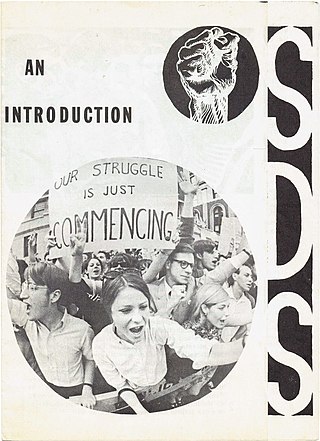
Students for a Democratic Society (SDS) was a national student activist organization in the United States during the 1960s and was one of the principal representations of the New Left. Disdaining permanent leaders, hierarchical relationships and parliamentary procedure, the founders conceived of the organization as a broad exercise in "participatory democracy". From its launch in 1960 it grew rapidly in the course of the tumultuous decade with over 300 campus chapters and 30,000 supporters recorded nationwide by its last national convention in 1969. The organization splintered at that convention amidst rivalry between factions seeking to impose national leadership and direction, and disputing "revolutionary" positions on, among other issues, the Vietnam War and Black Power.
The New Left was a broad political movement that emerged from the counterculture of the 1960s and continued through the 1970s. It consisted of activists in the Western world who campaigned for a broad range of social issues such as, feminism, gay rights, drug policy reforms, Statism, Neo-Marxism and the rejection of traditional family values, social order, and gender roles. The New Left differs from the traditional left, in that it tends to lean more in favor of social justice compared to previous eras. However, others have used the term "New Left" to describe an evolution, continuation, and revitalization of traditional leftist goals.
The history of left-wing politics in the United States consists of a broad range of individuals and groups that have sought fundamental egalitarian changes. Left-wing activists in the United States have been credited with advancing social change on issues such as labor and civil rights as well as providing critiques of capitalism.










